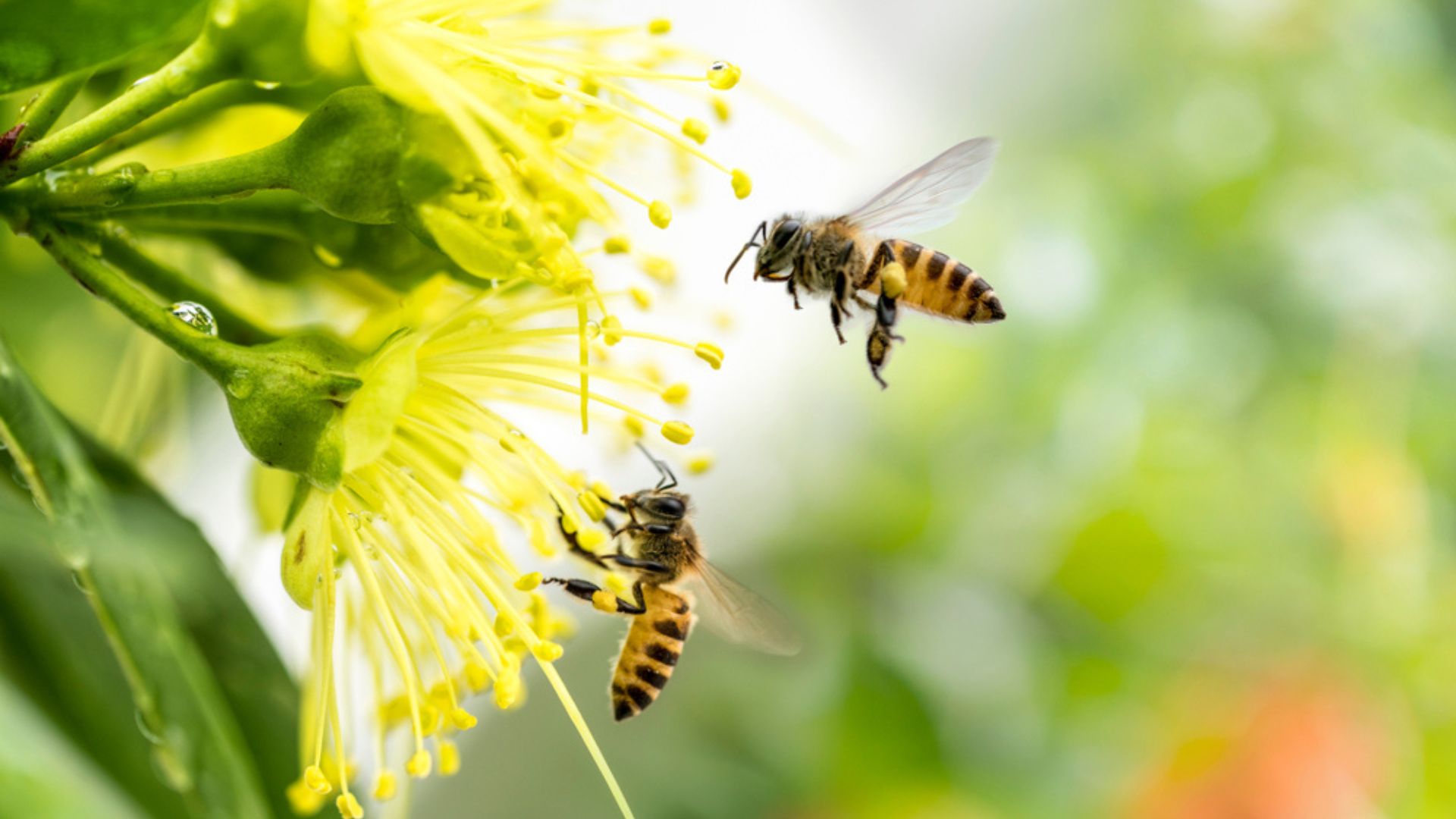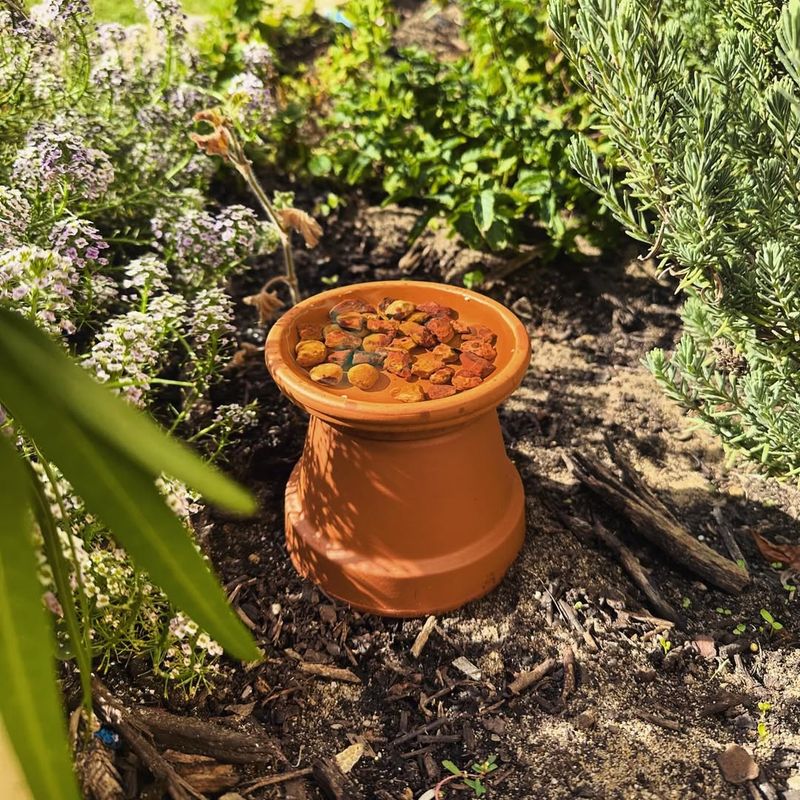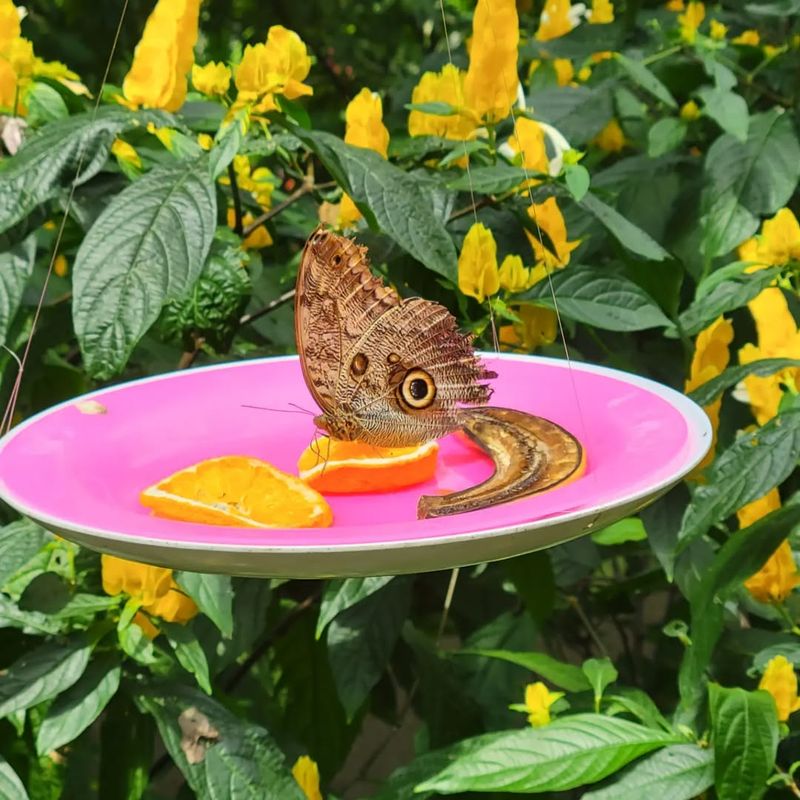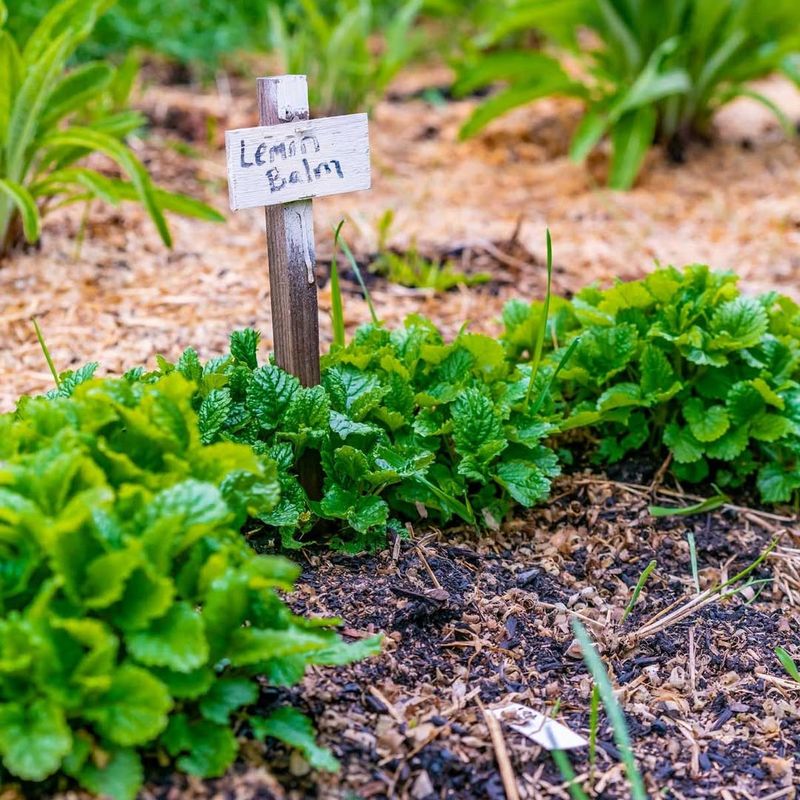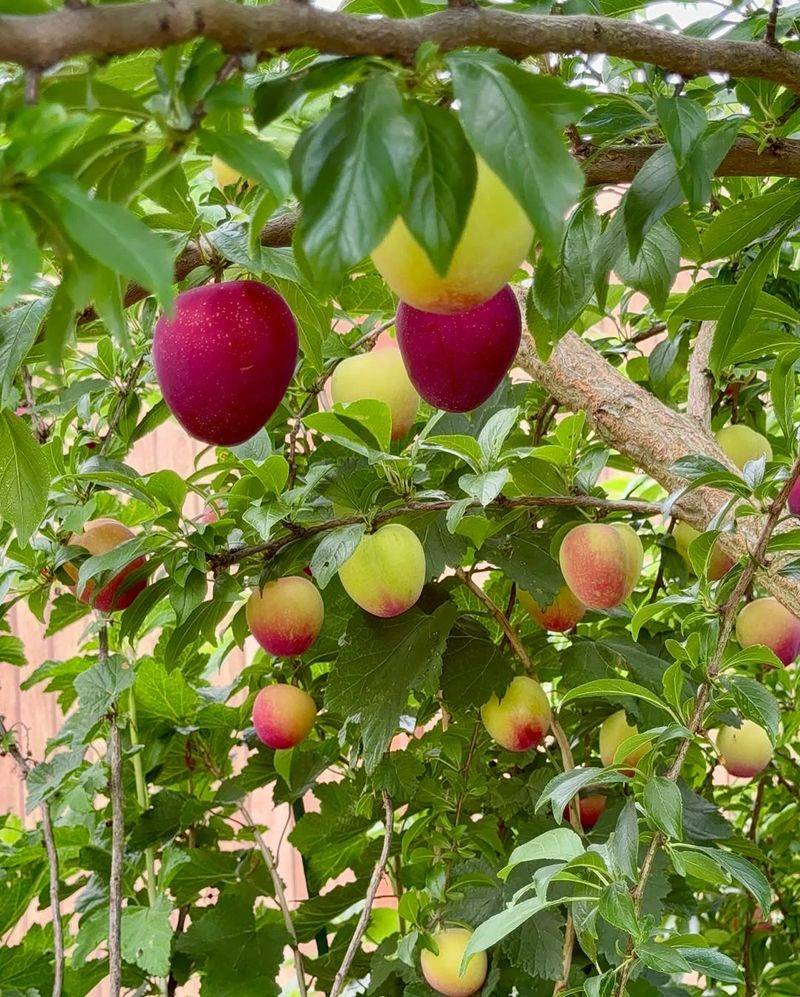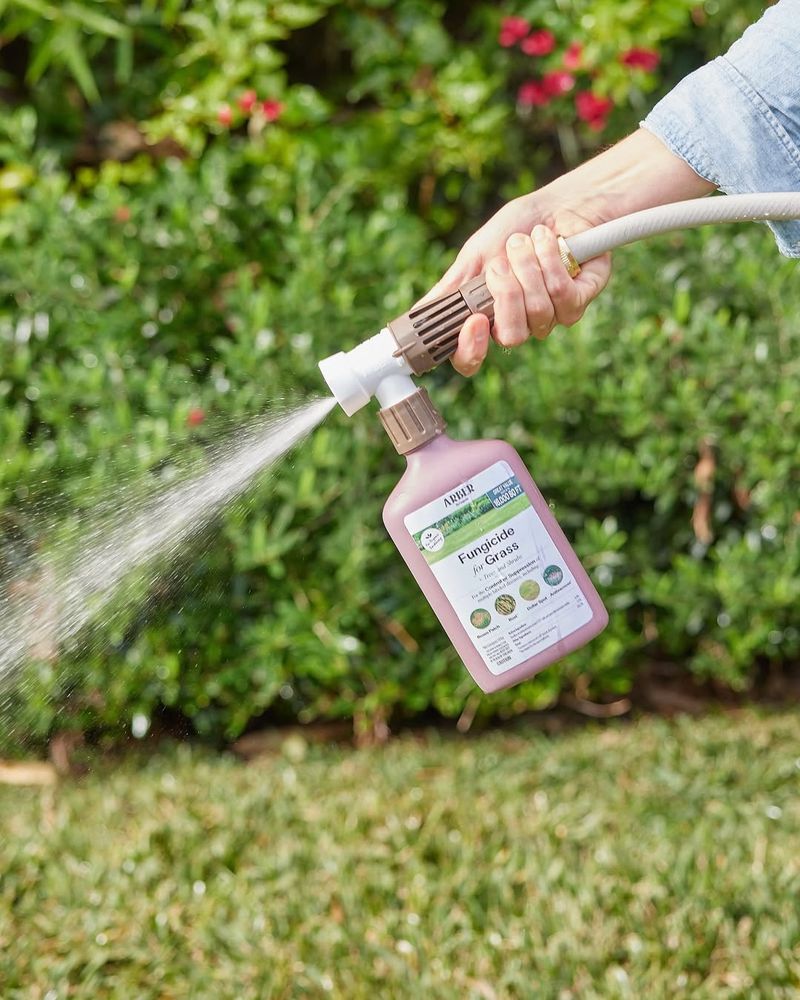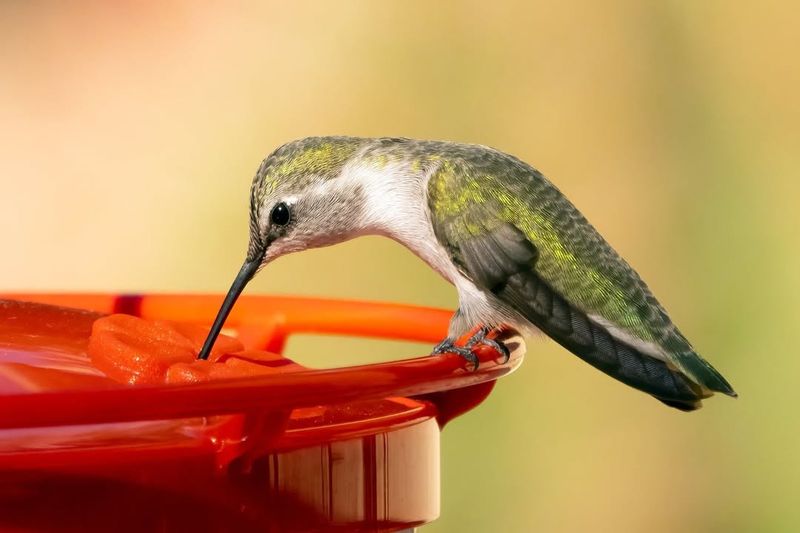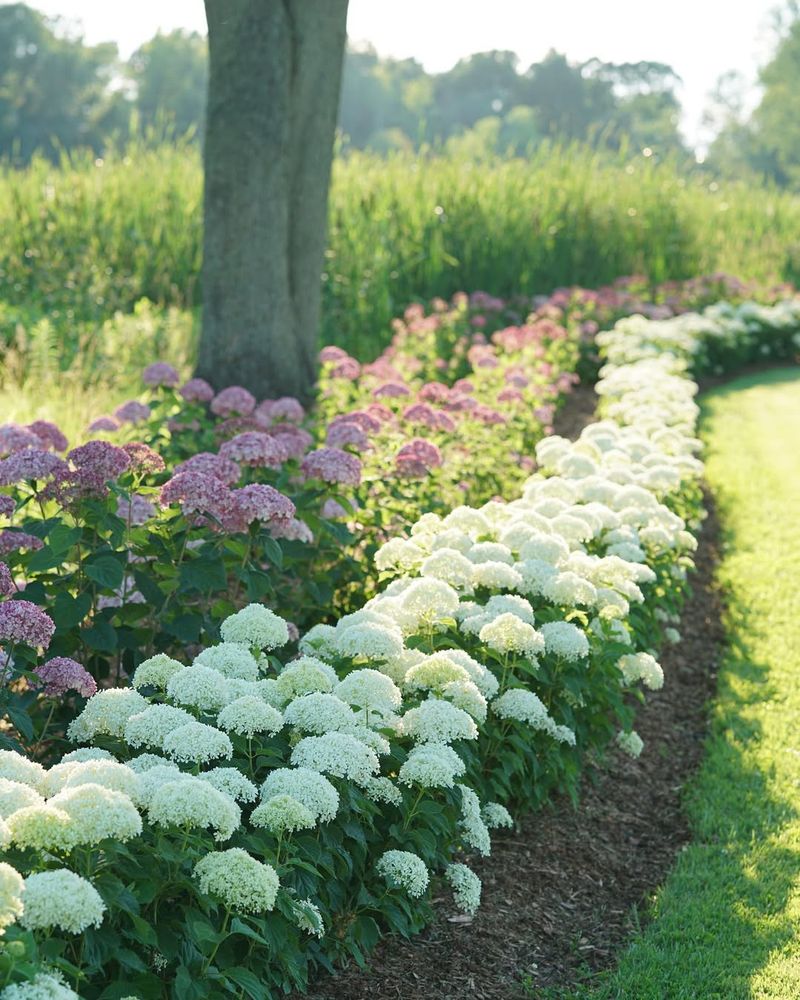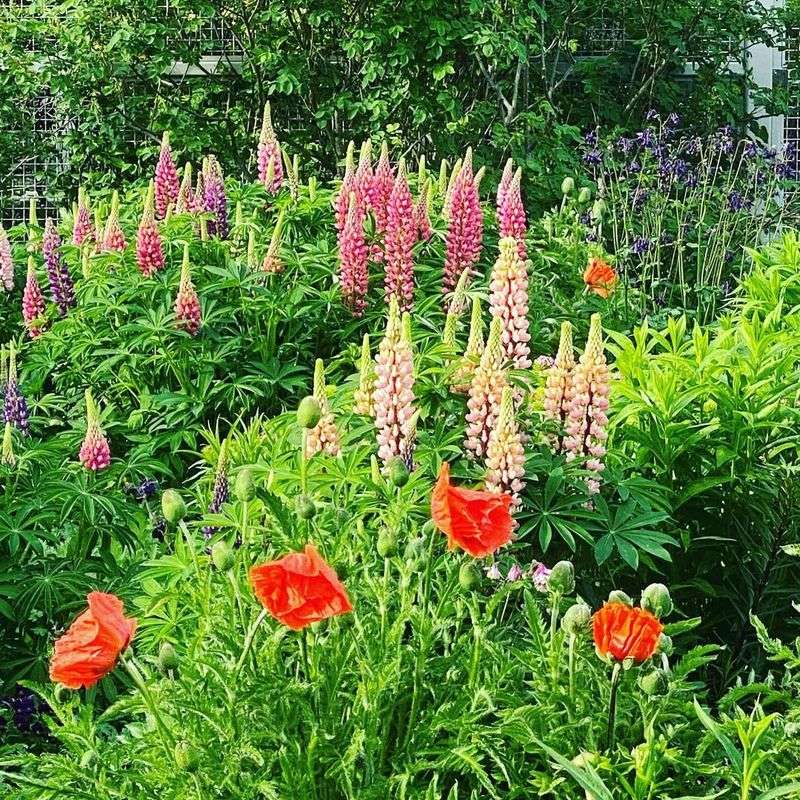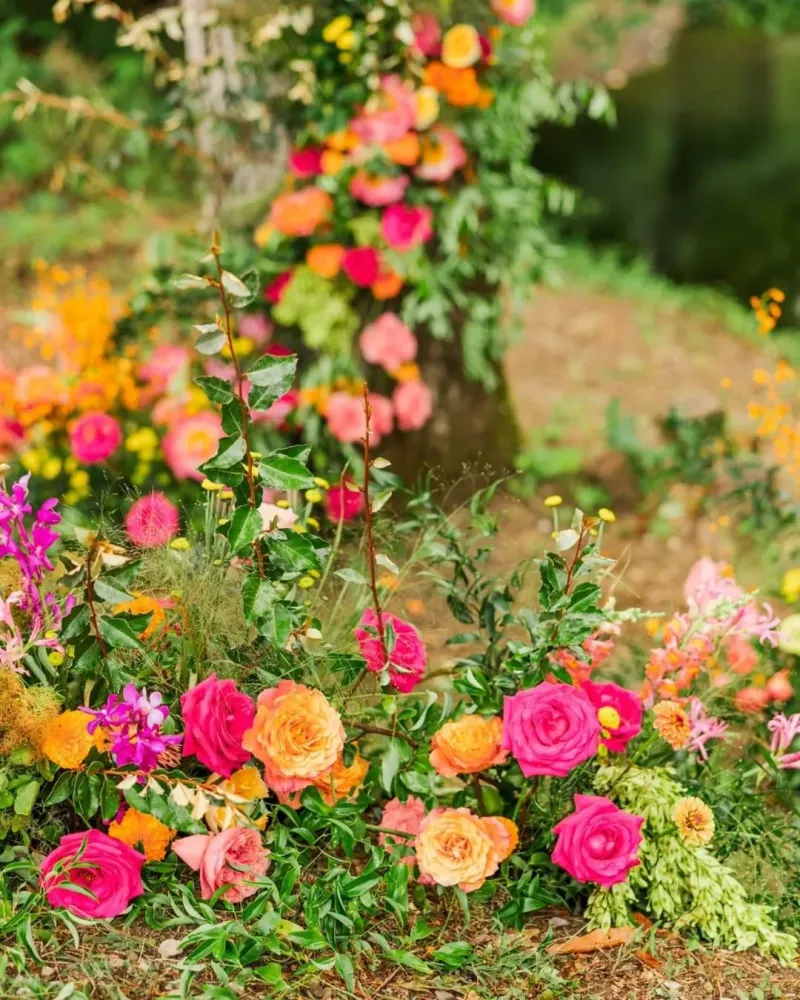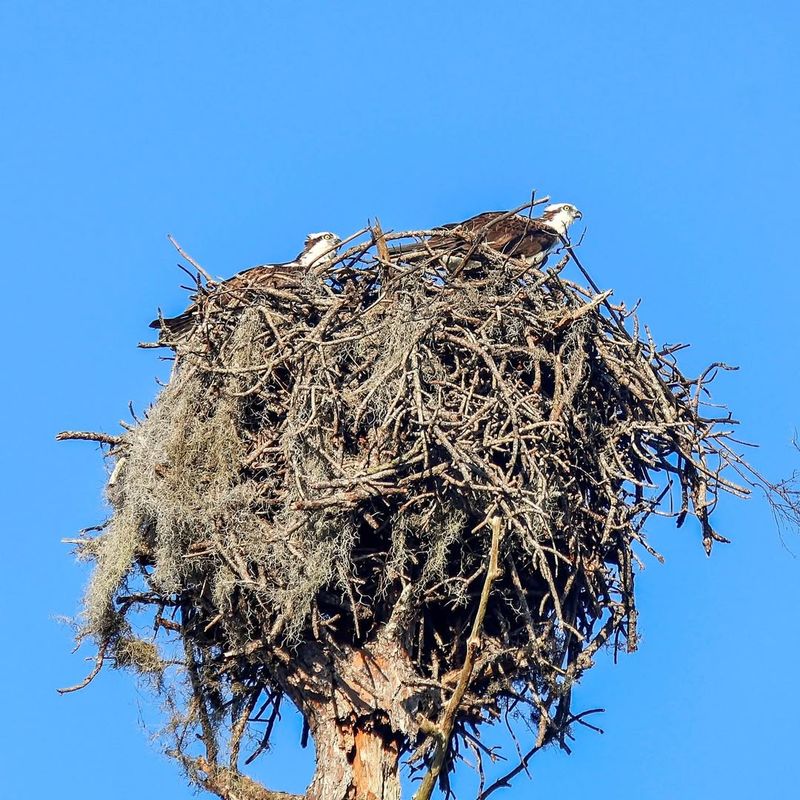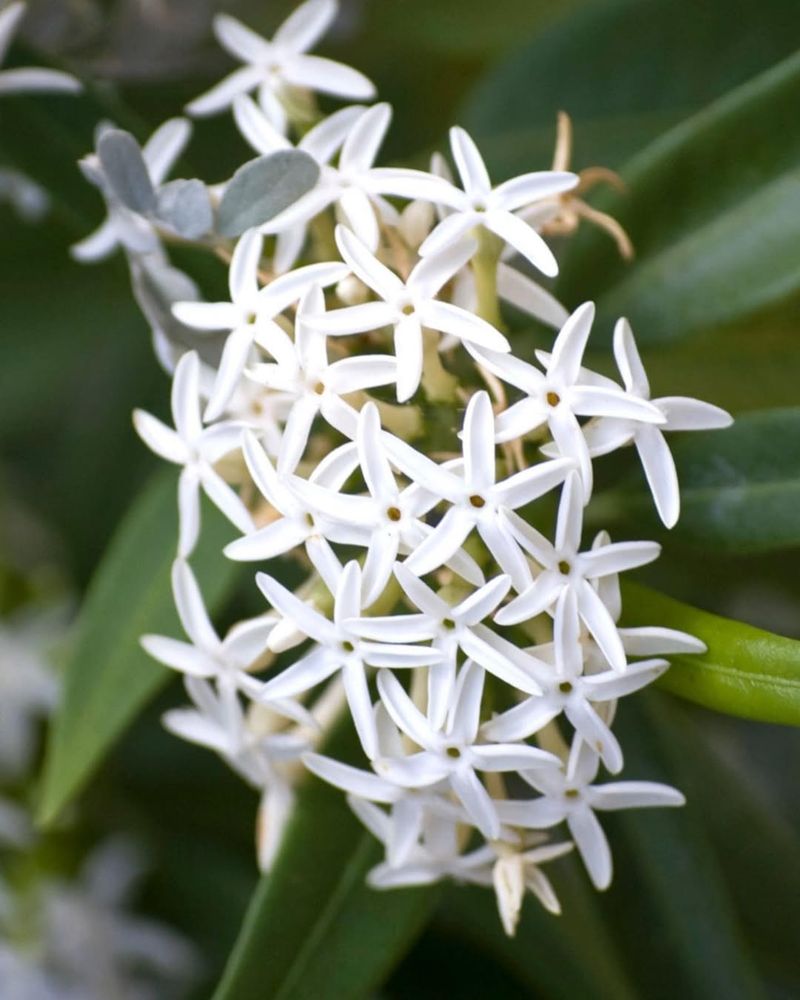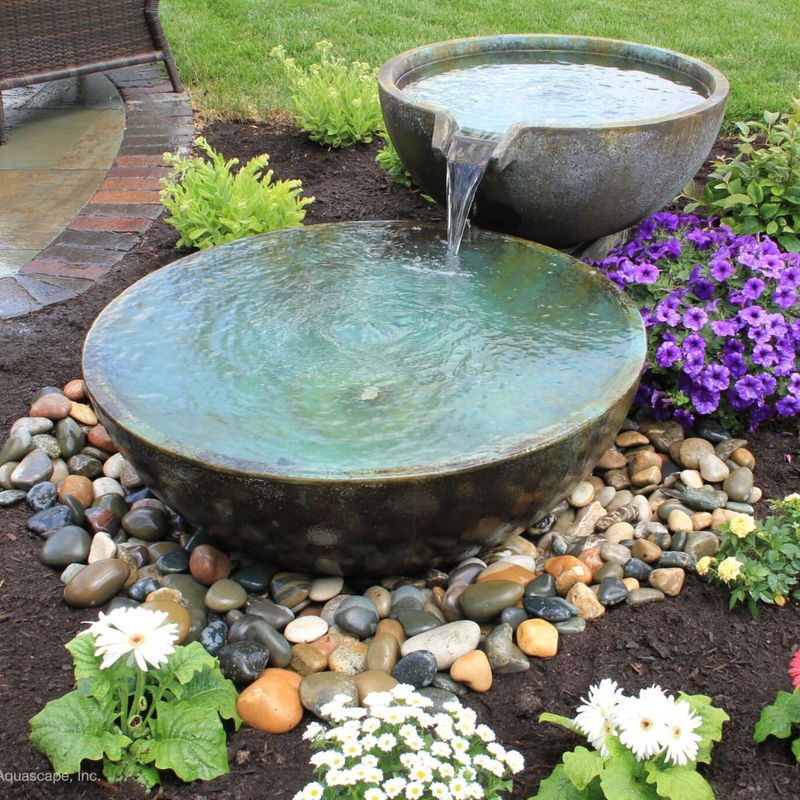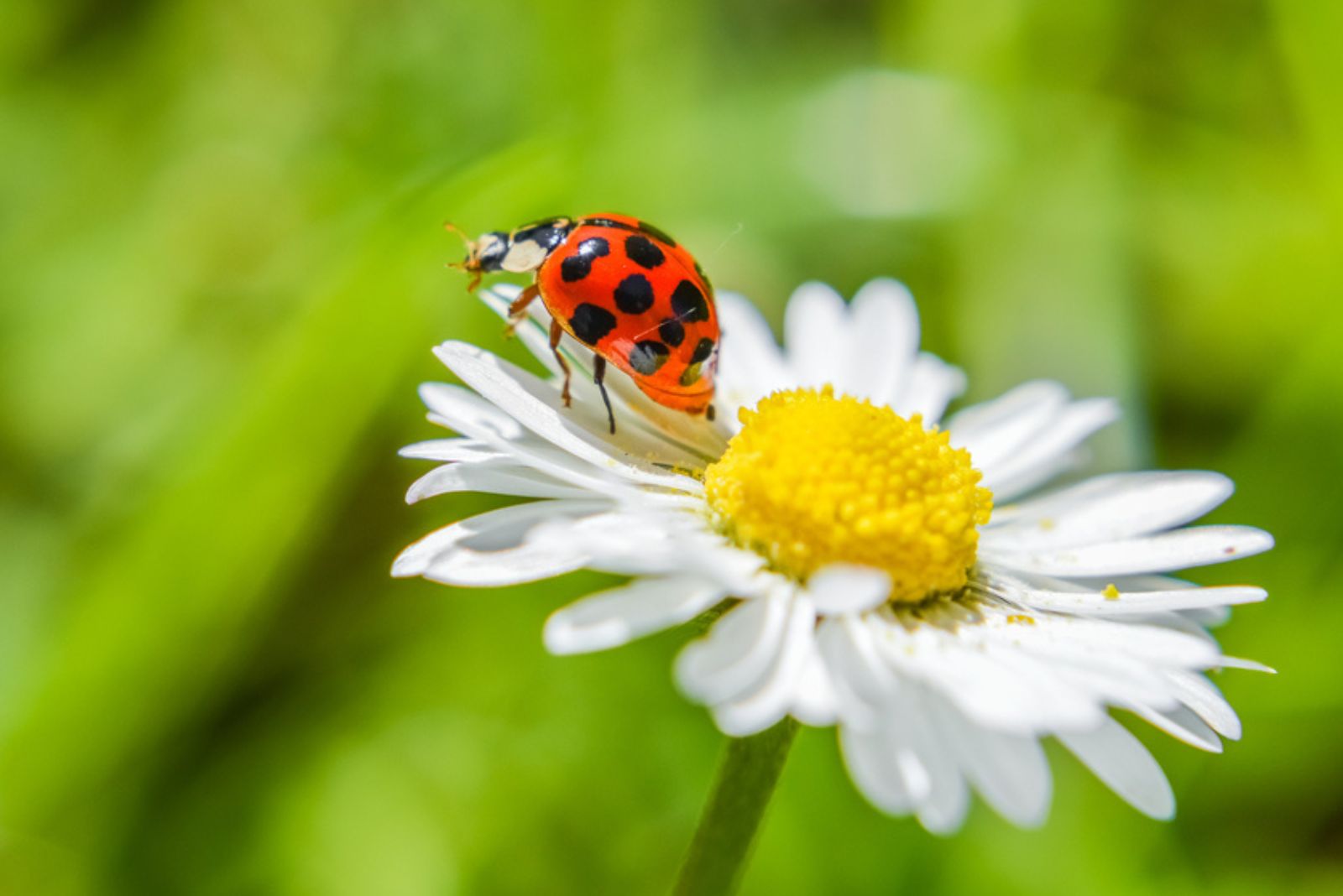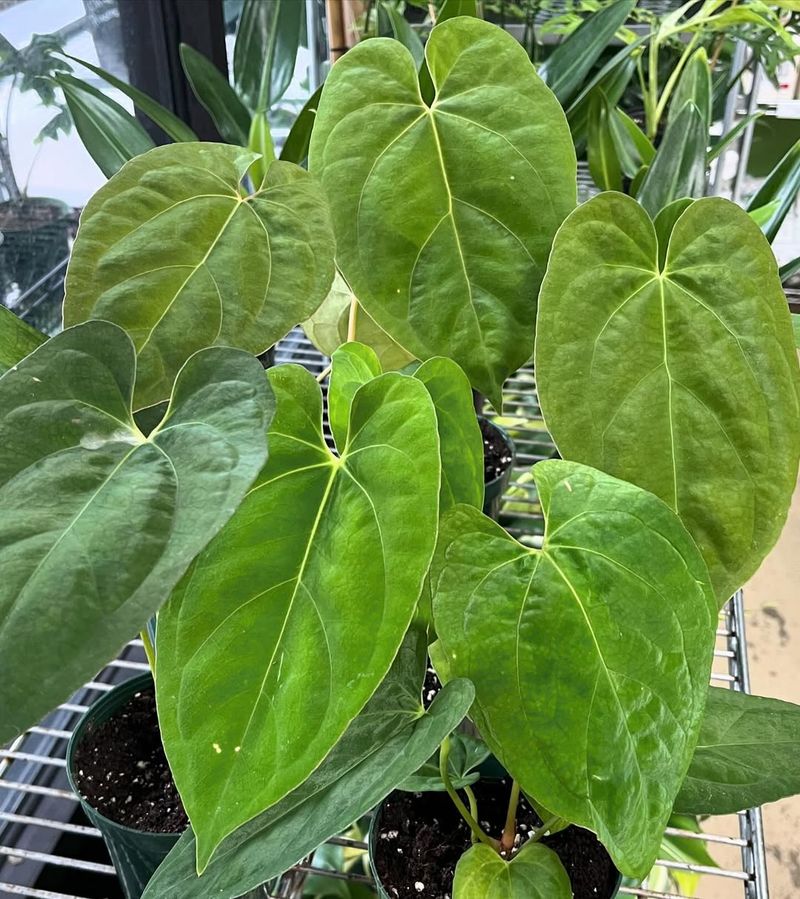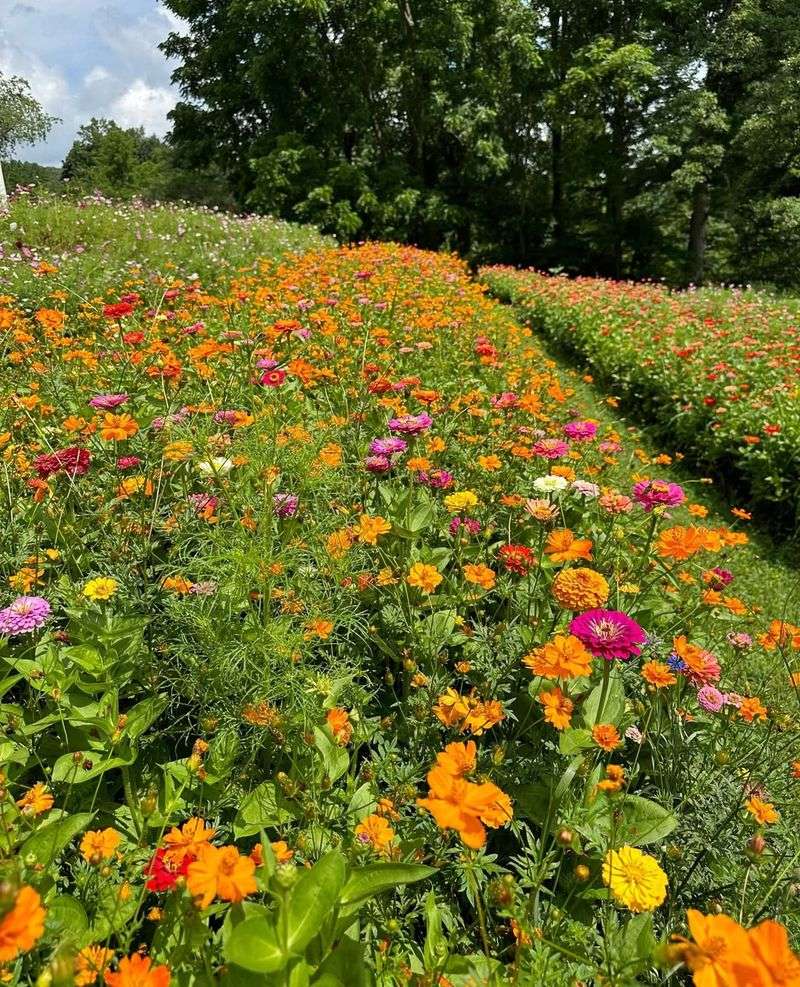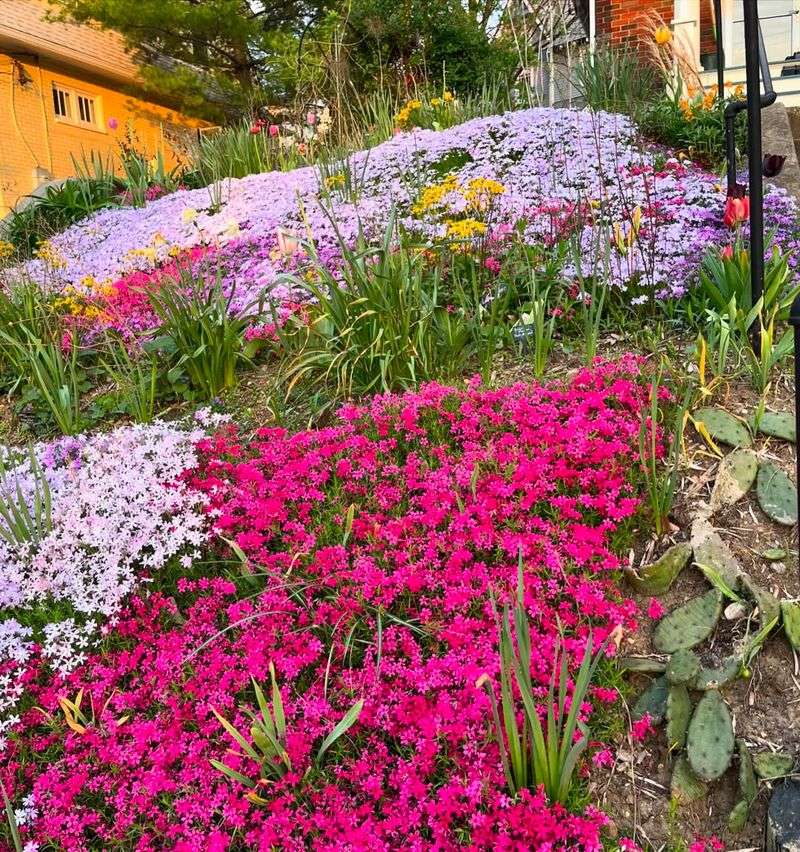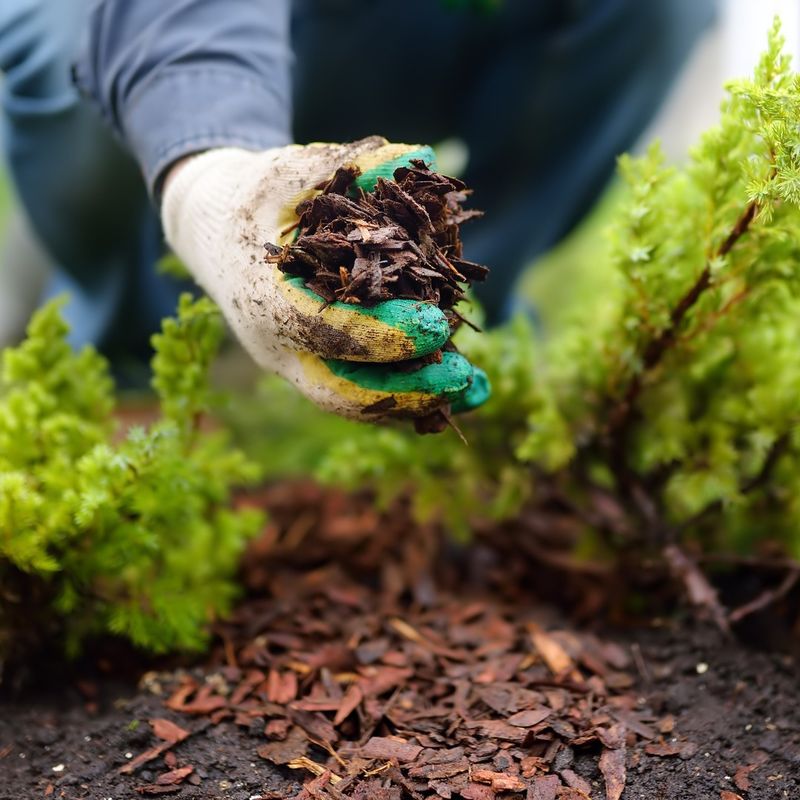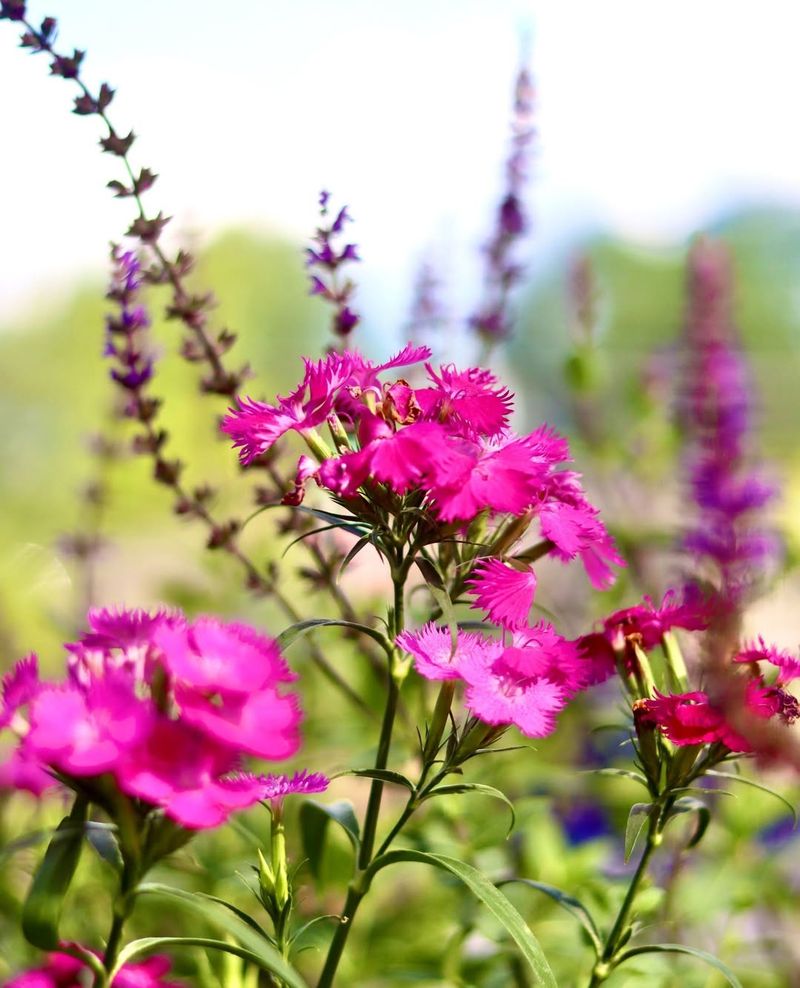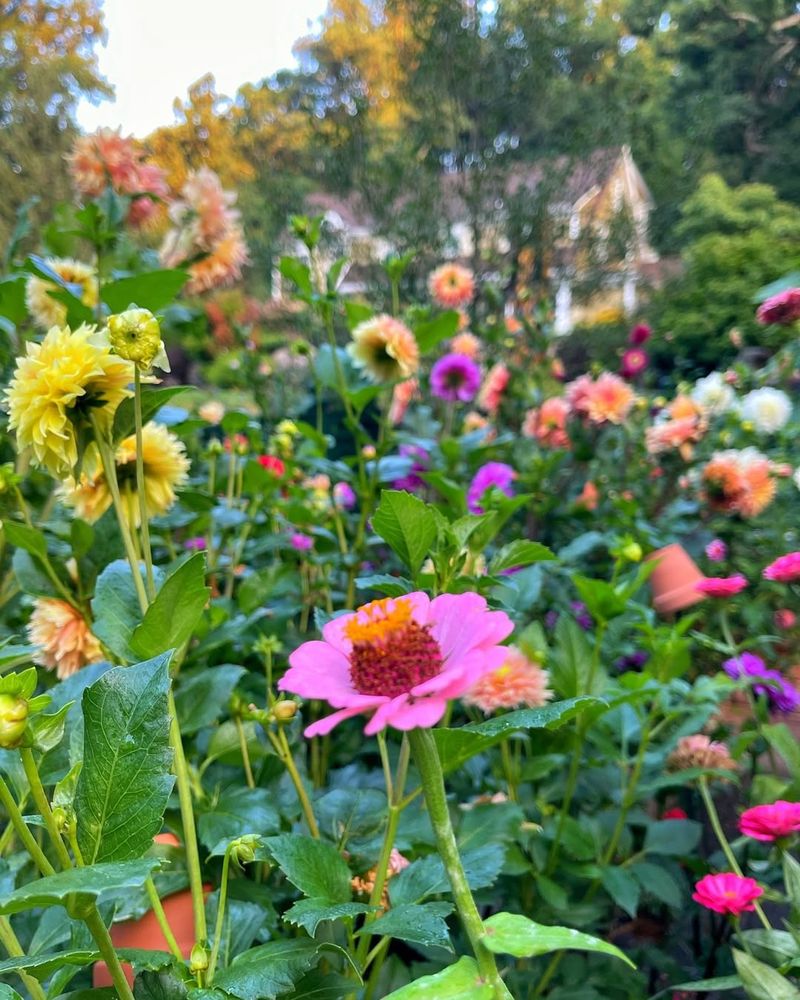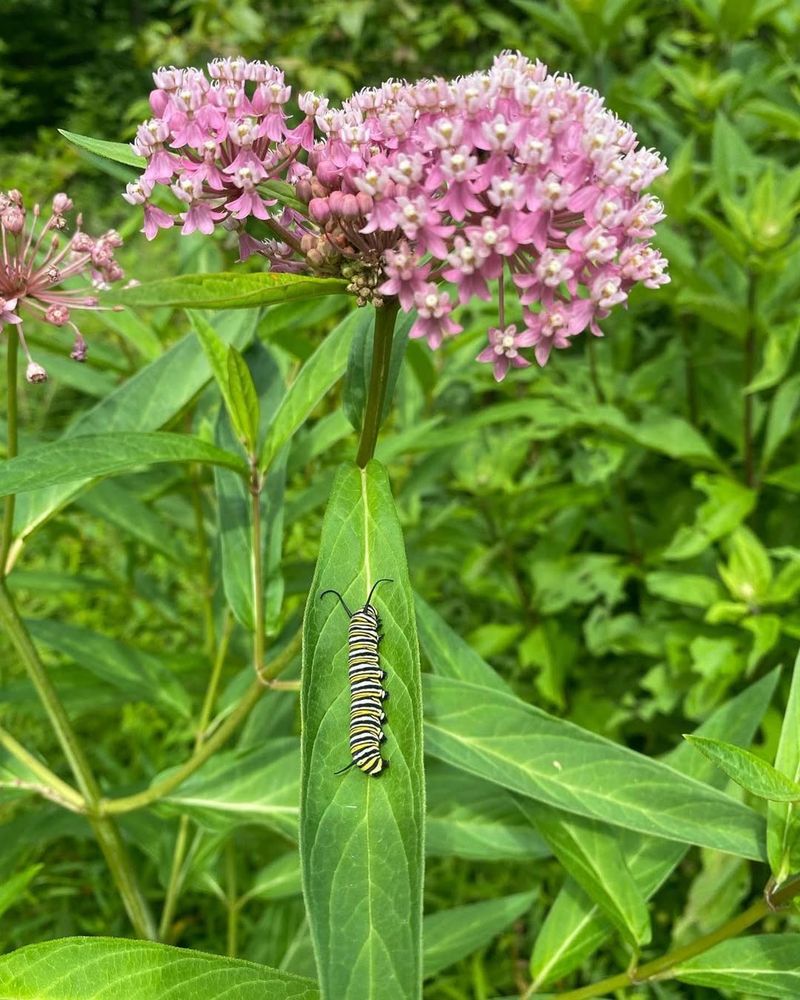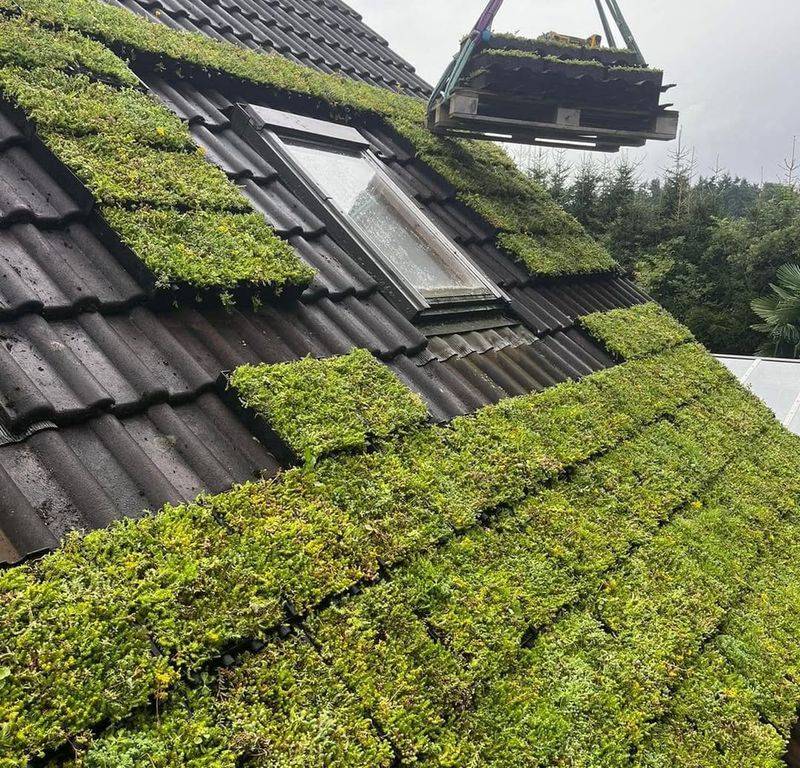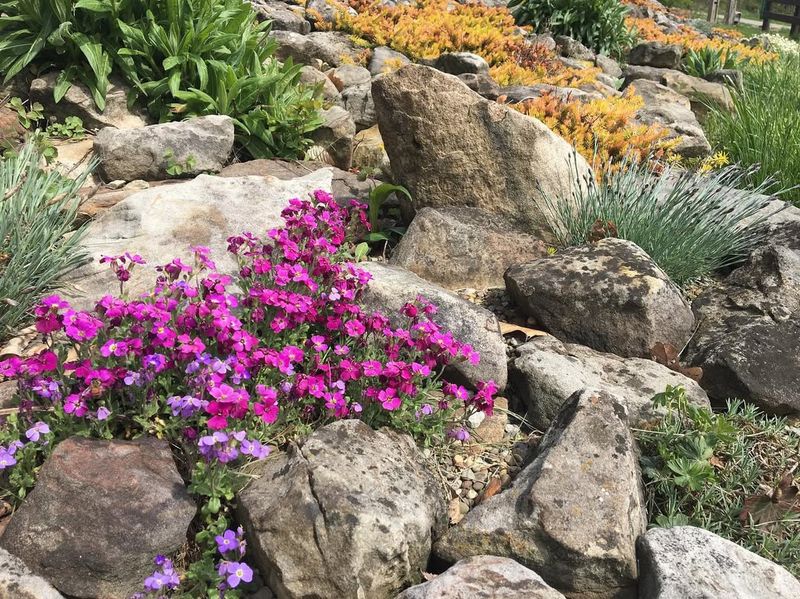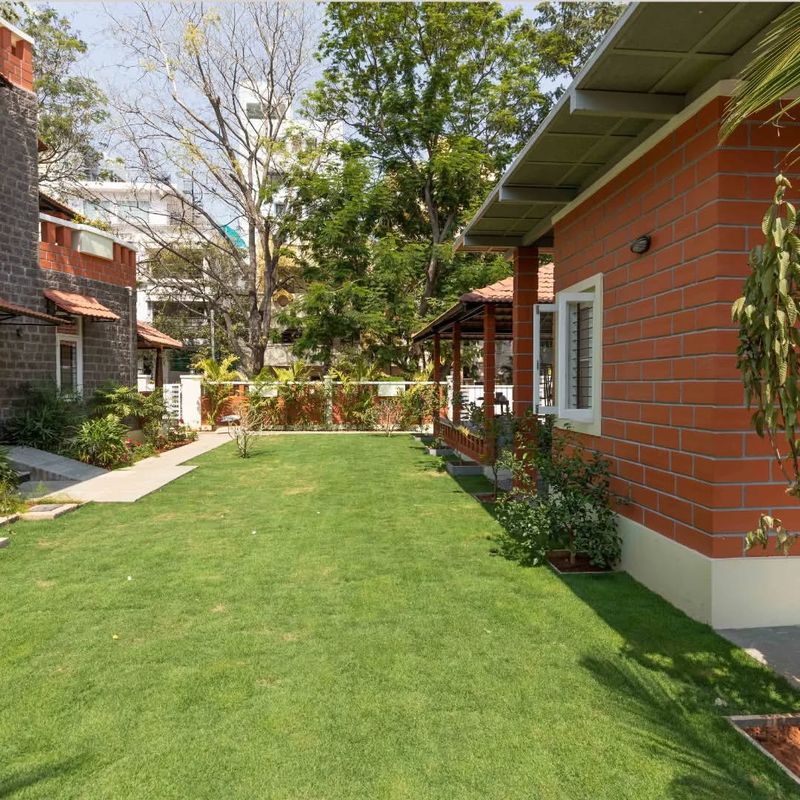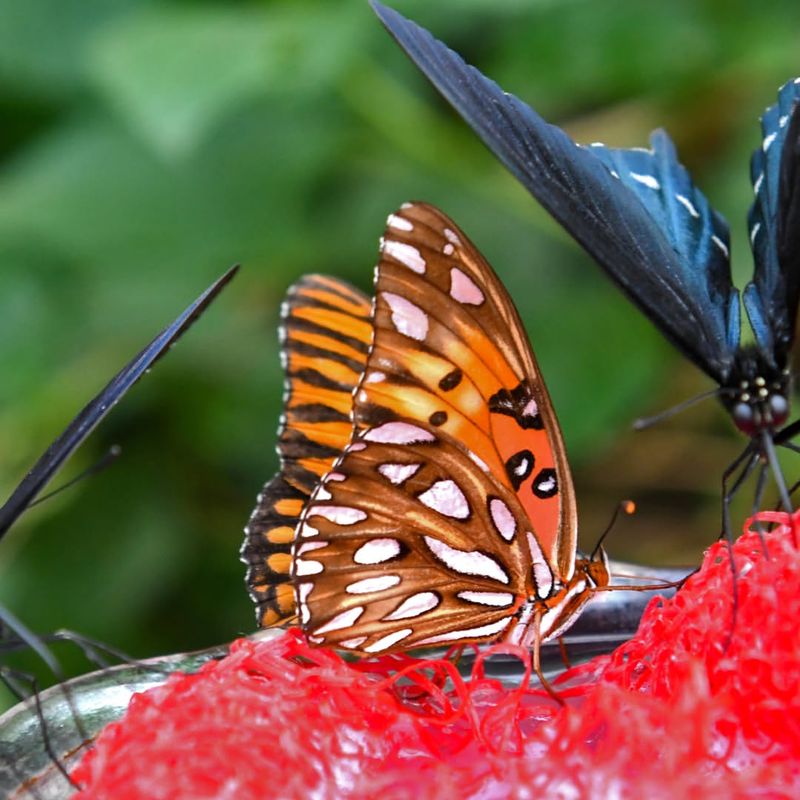Spring is the perfect time to create a pollinator-friendly garden that supports bees, butterflies, and other beneficial creatures. These pollinators help ecosystems thrive while bringing movement and beauty to your outdoor space.
With a few smart choices, you can make your garden a welcoming habitat. Here are 25 ways to attract more pollinators this spring, plus the best flower choices to keep them coming back.
1. Plant Native Flowers
A mix of colors is your first step to attracting vital pollinators. Native flowers like coneflowers and black-eyed Susans are ideal for this purpose.
These plants are adapted to your local climate and soil, making them easier to care for. Establishing a garden with native species ensures that local pollinators will recognize and visit your space.
Besides, native plants often require less water and maintenance. You’ll save time and resources while supporting the ecosystem closely tied to your region.
2. Create a Bee Bath
Fresh water is a necessity that is often overlooked by gardeners. A shallow bee bath filled with pebbles provides an accessible water source for bees.
Place it in a sunny spot near flowering plants. The water should just cover the pebbles, allowing bees to land safely and drink without risk of drowning.
Regularly change the water to ensure it remains clean and inviting. This simple addition can significantly increase bee visits to your garden by providing essential hydration.
3. Install a Butterfly Feeder
Supporting butterflies goes beyond planting their favorite flowers. A dedicated feeder filled with a nectar solution offers an additional food source.
Position it near bright, nectar-rich blooms to enhance its attractiveness. Homemade nectar, similar to that used for hummingbirds, can be used here.
Clean the feeder frequently to prevent mold and fermentation. This enhances the health and safety of visiting butterflies, ensuring your garden becomes a preferred stop for these pollinators.
4. Grow Herbs
Aromatic plants do more than flavor your meals; they attract numerous pollinators. Herbs such as lavender, basil, and rosemary are particularly appealing to bees and butterflies.
Planting a variety of herbs provides a continuous bloom throughout the season, catering to different pollinator needs. These plants are often hardy and low-maintenance.
Besides their pollinator-friendly attributes, herbs can be harvested for culinary and medicinal uses, making them a practical addition to any garden.
5. Incorporate Fruit Trees
Fruit trees offer more than just delicious harvests; they are excellent for attracting pollinators. Blossoms from apple, cherry, and plum trees are particularly enticing.
These trees provide a rich source of nectar and pollen in the spring. Their flowers are a crucial food source for bees and other pollinators early in the season.
Additionally, fruit trees can be a focal point in your garden design, offering shade and structure. Their seasonal productivity benefits both you and the local ecosystem.
6. Avoid Pesticides
Chemical-free gardening is a fundamental principle for attracting pollinators. Pesticides can harm or deter many beneficial insects, including bees and butterflies.
Opt for organic methods to manage pests in your garden. Companion planting and natural predators are effective alternatives that support pollinator health.
Reducing chemical use not only benefits pollinators but also contributes to the overall health of your garden ecosystem, creating a safe and thriving environment for all inhabitants.
7. Add a Hummingbird Feeder
Hummingbirds are dynamic pollinators that benefit from additional feeding options. A feeder filled with sugar water can supplement their natural diet.
Place the feeder near flowering plants to create a convenient feeding station. Clear nectar mimics their natural food source without added dyes.
Regular cleaning prevents mold and bacterial growth, ensuring the health of visiting hummingbirds. This effort is rewarded with frequent, lively visits from these captivating garden visitors.
8. Design a Flowering Hedge
Hedges aren’t just for privacy; they can be pollinator paradises. Flowering shrubs like lilac and hydrangea create a continuous food source.
These plants provide dense shelter and nesting sites, increasing biodiversity in your garden. Mixing different bloom times prolongs the availability of nectar and pollen.
Flowering hedges contribute to a structured landscape, offering seasonal interest. They attract a variety of pollinators, enhancing the ecological value of your garden space.
9. Select a Mix of Bloom Times
A garden that blooms year-round is a haven for pollinators. By selecting flowers with staggered bloom times, you ensure a continuous food supply.
Early bloomers like crocus complement summer blooms like sunflowers. This strategy supports pollinators through different seasons.
Consistent blooms attract a diverse range of pollinators, maintaining a vibrant garden ecosystem. Providing nectar and pollen all year enhances your garden’s role in supporting local biodiversity.
10. Use Brightly Colored Flowers
Color plays a crucial role in attracting different pollinators. Bees and butterflies are drawn to bright flowers. Sunflowers and zinnias are excellent choices.
These colors are signals to pollinators, guiding them to nectar-rich blooms. Mixing colors adds visual interest to your garden.
Planting a variety of colorful flowers supports a range of pollinator species. It creates a lively and active garden, fostering an engaging environment for both pollinators and garden enthusiasts.
11. Provide Nesting Sites
Pollinators need places to rest and nest. Providing dedicated nesting sites for bees and other insects can greatly enhance your garden’s appeal.
Bee hotels or custom nesting boxes cater to different species’ needs. Position these structures in sheltered areas to protect them from the elements.
A combination of natural and artificial nesting sites increases habitat diversity. This attracts a wide array of beneficial insects, enriching your garden’s ecosystem and promoting healthy pollinator populations.
12. Include Night-Scented Plants
Some pollinators are active at night, making evening-scented plants essential. Night-blooming jasmine and evening primrose are perfect for this purpose.
These plants release their scent at dusk, attracting moths and other nocturnal pollinators. Incorporating them into your garden supports pollinators active after dark.
Scented night blooms enhance the sensory experience of your garden. They provide a crucial food source for a unique group of pollinators, broadening the ecological scope of your space.
13. Install a Water Feature
Water features add beauty and functionality to your garden. Bees and butterflies are drawn to these areas for hydration and cooling.
A small fountain or pond can provide an essential water source. Adding rocks or plantings enhances access for pollinators.
Regular maintenance ensures water quality, preventing stagnation. A well-placed water feature enriches your garden’s landscape while supporting local pollinator populations.
14. Encourage Beneficial Insects
Not all insects are pests; many are beneficial, aiding pollination and pest control. Encouraging ladybugs and lacewings supports this balance.
These insects help manage aphid populations, reducing the need for chemical controls. A diverse insect community enhances your garden’s overall health.
Introducing plants that attract beneficial insects fosters a thriving ecosystem. This method enhances pollinator activity by providing a balanced and supportive environment.
15. Avoid Hybrid Plants
Hybrid plants may lack the necessary nectar and pollen for pollinators. Choosing open-pollinated varieties ensures a richer food source.
These plants maintain the natural traits that pollinators rely on. Heirloom varieties often provide better nectar and pollen availability.
Open-pollinated plants contribute to genetic diversity and resilience. They offer a dependable resource for pollinators, enhancing the sustainability of your garden.
16. Dedicate a Wildflower Patch
Wildflower patches are vital for attracting a variety of pollinators. These areas mimic natural habitats, supporting bees, butterflies, and more.
Planting a mix of wildflowers provides food and shelter without much maintenance. They often thrive in less cultivated areas, offering robust biodiversity.
A wildflower patch is a low-effort way to increase pollinator activity. It’s a delightful addition to any garden, offering ecological benefits and natural beauty.
17. Incorporate Groundcover Plants
Groundcovers provide more than just weed suppression; they are excellent for pollinators. Creeping thyme and clover are particularly attractive to bees.
These plants offer additional nectar sources while filling bare areas. They create a connected landscape, encouraging pollinator movement.
Groundcovers enhance soil health and moisture retention. They are low-maintenance, contributing to a resilient and supportive garden ecosystem.
18. Plant in Clusters
Grouping plants in clusters can increase their attractiveness to pollinators. Clusters make it easier for bees and butterflies to locate flowers.
This method reduces the energy pollinators expend searching for food. It also creates an enticing visual display in your garden.
Planting in clusters enhances pollinator efficiency and garden aesthetics. It supports a healthy pollinator population by offering abundant resources in concentrated areas.
19. Use Organic Mulch
Mulching with organic materials benefits both your garden and pollinators. It improves soil health and conserves moisture.
Organic mulch attracts beneficial insects like earthworms, enhancing soil fertility. This creates a nourishing environment for plant growth.
Using natural materials supports an eco-friendly garden, minimizing chemical runoff. It provides habitat and food sources for various pollinators, promoting biodiversity.
20. Add Perennial Blooms
Perennials are a long-term investment in your garden’s health. Plants like echinacea and asters return yearly, offering continuous resources.
These plants require less replanting, reducing garden maintenance. Their predictable bloom cycles support pollinators consistently.
Incorporating perennials enhances garden stability and resilience. They provide a reliable food source for pollinators, maintaining your garden’s ecological balance.
21. Use Companion Planting
Companion planting involves growing plants together for mutual benefit. Marigolds and tomatoes are classic examples.
This method supports pollinators by providing diverse resources. It also reduces the need for chemical pest control.
Companion planting enhances garden health and productivity. It’s a strategic way to attract pollinators while managing pests naturally.
22. Plant Milkweed
Milkweed is essential for monarch butterflies, serving as a host plant. This plant provides the necessary habitat for their lifecycle.
Planting milkweed supports monarch populations by offering food and breeding grounds. It’s a simple step with significant ecological impact.
Milkweed adds unique texture and beauty to your garden. It plays a critical role in supporting these iconic pollinators, ensuring their survival.
23. Install a Green Roof
Green roofs transform unused space into productive habitats. These installations attract and support urban pollinators.
Featuring a variety of plants, green roofs provide food and shelter. They also contribute to urban cooling and biodiversity.
Implementing a green roof is an innovative way to encourage pollinators. It enhances environmental sustainability and urban ecology.
24. Grow Vines and Climbers
Vertical gardening maximizes space and attracts pollinators. Flowering vines like honeysuckle offer nectar and visual appeal.
These plants create additional feeding areas, especially in small gardens. They add dimension and height to your landscape.
Vines and climbers provide habitat and resources for various pollinators. They integrate seamlessly into garden designs, enhancing ecological value.
25. Use Natural Fertilizers
Chemical fertilizers can harm pollinators and soil health. Opting for natural alternatives supports a thriving garden ecosystem.
Compost and manure enrich soil without chemical residues. They help maintain a balanced environment for pollinators.
Natural fertilizers promote sustainable gardening practices. They enhance plant growth and pollinator health, leading to a more vibrant garden.
26. Create a Rock Garden
Rock gardens add texture and provide unique pollinator habitats. Succulents and small flowering plants thrive in these settings.
The warmth of rocks attracts sun-loving pollinators while offering shelter. This environment supports diverse pollinator species.
Rock gardens require low maintenance and water usage. They are an attractive option for pollinator-friendly gardening, enhancing biodiversity.
27. Promote Open Spaces
Open spaces in your garden cater to different pollinator species. Allowing areas of bare soil benefits ground-nesting bees.
These open areas provide essential nesting and hunting grounds. They support a variety of pollinators and beneficial insects.
Maintaining open spaces enhances garden diversity. It creates a dynamic environment that fosters pollinator activity and ecosystem health.
28. Celebrate Diversity
A diverse garden is a healthy garden. Including a range of flowers, shrubs, and trees supports more pollinators.
This approach creates a balanced ecosystem, reducing pest issues. It encourages a stable pollinator population.
Celebrating diversity enhances garden aesthetics and functionality. It provides robust support for pollinators, benefiting the local environment.
29. Commit to Continuous Learning
A successful garden requires knowledge and adaptation. Staying informed about pollinator needs boosts garden success.
Books, workshops, and online resources offer valuable insights. They help you adapt practices to better support pollinators.
Continuous learning fosters a resilient and thriving garden. It empowers you to make informed decisions, creating a more effective pollinator-friendly space.

